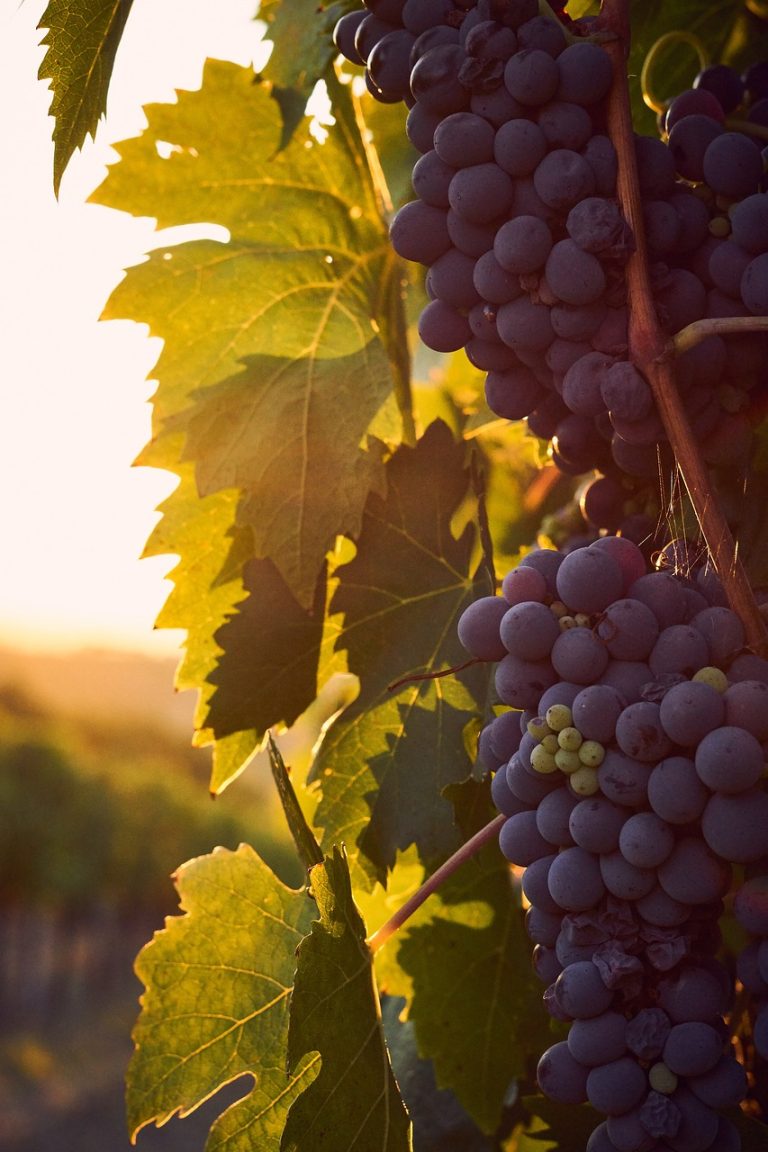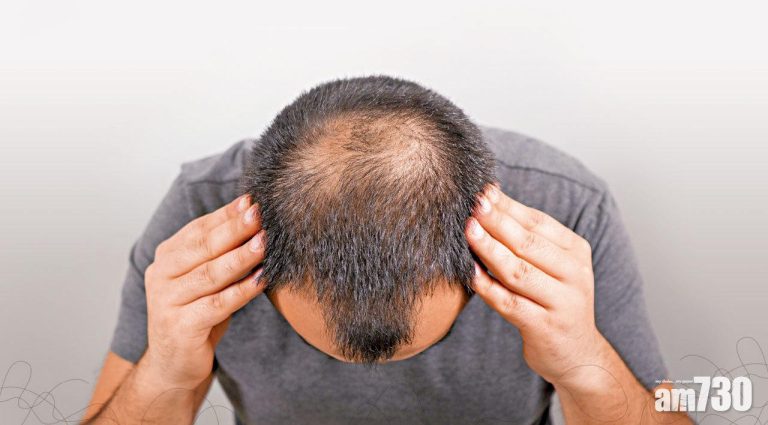Rhubarb is an acidic “fruit” which is usually consumed in dishes. It is part of the Polygonaceae’s family, and is widely cultivated outdoors as well as within cool greenhouses (hothouses).
Technically, rhubarb is considered a vegetable but it is called fruit because it is often used in conjunction with fruits or as a substitute for fruits in recipes. Rhubarb pie and rhubarb crisps jams, rhubarb crisps, and even liquids with rhubarb flavor are all well-known applications. The stalk is the most basic ingredient to be used in cooking. Rhubarb leaves can be toxic.
Rhubarb is a healthy supplement to your diet since it is normally low in sugar as well as high in fiber. The majority of recipes that contain the rhubarb plant are desserts, and could occasionally be high in sugar. If you’re following an eating plan with videos that show units of sugar or carbs, it’s important to review the recipe prior to following any guidelines.
Rhubarb Nutrition Facts
The following vitamin information is provided by USDA. USDA to provide 1 cup (122g) of rhubarb diced.
Carbs
The majority of the energy content in rhubarb is derived from complex carbohydrates. There’s about 5 grams of carbohydrates within the one cup serving and nearly the entire amount (2.2 grams) of them come from fiber.
There’s also 1.3 grams of sugar that naturally occurs in the cup of Rhubarb. Many of us strive to cut back to limit our consumption of sugar. The sugars that are present during meals are much more prevalent in your body than ones added in the course of the process (called “delivered sugars”) since they are packaged with different nutrients.
The glycemic content of rhubarb can be low (something lower than 10 is thought to be low) due to this, it will not raise the speed of your blood sugar rise. 1 cup diced of rhubarb is expected to be around 2 and a medium-sized stalk of rhubarb (simply more than 2 one ounce.) is believed to be one.
Fats
There’s virtually no rhubarb-derived fat. The very little fat content are saturated fats (0.065g) as well as saturated fats that are polyunsaturated (0.121g) in addition to monounsaturated oils (0.048g). There is no way to consume enough rhubarb to allow the fat to have a significant impact on your daily consumption.
Protein
There’s a little bit of protein found in the rhubarb. It is recommended to consume 1 gram of this macronutrient if you consume the entire cup.
Vitamins And Minerals
Rhubarb is an excellent source of vitamin K. It will provide at least 40% of your daily needs when you consume a complete cup. Rhubarb also is a great source of vitamin C, providing an average of 11% daily cost set by the Food and Drug Administration consistent with the cup.
Other nutrients found in rhubarb comprise in diet A (5 percent of your day-to-day requirements) Vitamin E, the amino acids thiamin, Riboflavin, Niacin and folate (2 percent every day). There are less amounts of vitamin B6 and pantothenic acid.
The minerals found in rhubarb include calcium and potassium (providing around 8 percent of your daily needs per) as well as manganese (at minimum 10% of adult desire). There are lesser quantities of selenium, magnesium as well as zinc, phosphorus copper, iron, and selenium.
Health Benefits
Rhubarb is a tasty flavor that can be enjoyed alongside candy as well as meals that are savory. The nutrients like vitamin K and fiber that are found on Vidalista 60 mg and Vidalista 40 mg could also offer some health benefits.
Can Help Ease Constipation
Fiber-rich foods help maintain a healthy digestive system. Fiber is known to improve the bulking of feces which is why it helps your body produce stools that help rid your body of excess waste.
Research has also shown that increasing your nutritional fiber intake can increase the frequency of stool for those suffering from constipation. In order for fiber to be effective you should increase the amount of fluid you drink. The authors of one observation said that fiber doesn’t always help improve the consistency of stool, reduce laxative usage or alleviate painful defecation.
Better Heart Health
The fiber content in rhubarb may aid in reducing your chances of suffering from heart disease. Foods rich in fiber may boost heart health as well through helping the body maintain healthy levels of cholesterol.
As per the researchers of a study, fiber in the diet allows individuals to regulate food intake and digestion, absorption and metabolism. This in turn can reduce the risk of hyperlipidemia (excessive amount of fats in the blood) and hypercholesterolemia (expanded levels of cholesterol). Both of these are considered to be risk causes for heart diseases.
Read More: The Health Benefits Of Raw Radish Juice Are Numerous
Lower Chance Of Colon Cancer
The effects of fiber intake on different types of cancer are the focus of numerous studies. Colon most cancers are a specific area of study, with numerous studies indicating that a higher intake of fibers that are nutritionally nutritious is associated with a lower chance of developing colon cancer.
The authors of one big potential study have looked at the connections to over 76,000 people and concluded that those with the most nutritious diets of fiber are less prone to various forms of cancers in the colon (especially the colorectal adenoma that is asymptomatic and colon cancers that are distal) as well as that the influence–specifically from fruits and cereals–may be present in early stages of the development of colorectal cancer.
Better Metabolic Health
Research on clinical and epidemiological studies show that the consumption of food fiber is IN inversely linked to metabolic disorders, including weight issues and type 2 diabetes.
Although certain researchers specifically mention that diet fiber benefits include the prevention or treatment for diabetes type II The American Diabetes Association cautions humans to view effects with a grain of salt. They note that the majority of studies that promote the health benefits of fiber to people with diabetes are tinier and narrow in their scope. They also state that a small number of studies recommend consumption of over 50g of fiber each day, which isn’t realistic for the majority of humans.
Stronger Bones
There are ongoing research studies regarding the effect of nutrition K on bone health and health, with a focus in osteoporosis prevention. According to the National Institutes of Health reports, some, but not any more, research has discovered a connection between higher intake of vitamin K and a greater bone mineral density and/or a reduction in hip fractures.
Other Benefits Possible
Human beings can also make use of the rhubarb herb to treat specific conditions, such as:
- Cancer
- Constipation
- Fever
- Immune suppression
- Inflammation
- Microbial contamination
- Ulcers
In accordance with the medical examiners of Memorial Sloan Kettering Cancer Center there’s not sufficient evidence to justify these uses of Kamagra oral jelly for sale and Tadalafil 5 Mg Online.
Allergies
The reports published about rhubarb allergies are not common.
Effects On The Body
If rhubarb is eaten as an ingredient in a meal, it’s likely to be healthy. However, because it has the ability to laxate when consumed in supplement form it could make diarrhea even more painful.
The rhizome and the root of rhubarb may be to be safe when consumed with adult supervision for meals, however the leaves and possibly the stems can be poisonous. The leaves of rhubarb are believed to contain oxalic acid which may cause kidney issues.
Rhubarb is also associated with certain medications. Cancer patients with hormone-sensitive tumors and those taking cytochrome P450 capsules for substrate should stay clear of Rhubarb. When you’re on melatonin digoxin, cyclosporine, and methotrexate, rhubarb might not be safe. Discuss with your doctor prior to eating rhubarb or use of any herbal or medical product that contains the rhubarb.
Additionally, rhubarb is not high in carbohydrates, but it is often used in recipes that have a amount of sugar, therefore those who follow low-sugar or low-carbohydrate diets in order to control an illness should choose recipes with care, and seek out recipes that are lower in sugar content.
Varieties
There are many distinct varieties of rhubarb. Some of them include Canada Red, Cherry Red, Mammoth Red, and Mammoth Green. If you find rhubarb in the supermarket shelf there is the difference in color between different kinds. Certain varieties are more red, while others are green. The most commonly grown variety from seeds is Victoria.
When It’s The Best
Rhubarb is delicious throughout the summer and spring seasons, particularly during the months of April to June. It is possible to find it in the grocery store later in summer or earlier in spring.
Find stalks that are firm and are free of any blemishes. If leaves are joined. They shouldn’t be damaged by wilting.
Storing And Food Safety
If you buy the rhubarb. Because they can be poisonous.
If you don’t plan to make use of it within several days, you can store the rhubarb that has not been washed in the refrigerator for up to an entire week. Wrap it in a tissue and place it in a crisper. If you don’t want to use it at this time frame, then put it in a freezer for a few hours.
The best method is to flash freeze. To do this, spread small pieces of rhubarb onto the baking sheet, and then put it in the freezer. After the vegetable has turned into an ice-cold solid, place it into woman or man freezer bags according to the quantity which you will likely incorporate into a recipe. Flash freezing keeps the pieces from colliding and becoming an enormous chunk. Rhubarb may also become tender after the frozen ice melts.
How Do I Prepare?
It was fashionable to eat rough stalks of the rhubarb (which seemed to be growing anywhere) with salt sprinkled on top. Similar to this with sugar is quite common in other places. However, rhubarb that is raw can be extremely bitter and difficult to chew.
It is possible to stew rhubarb and enjoy it as dessert. Simply cook your dinner using diced rhubarb, and a bit of water. Sprinkle on a pinch of nutmeg or cinnamon, if you prefer. Once it’s soft, sweeten it to taste with your preferred sweetener, and serve it with cream or sugar-free whipped cream.
Also, you can pickle the rhubarb. You can prepare it in the same way as various types of pickled fruits or greens, and also watermelon pickles with rinds. Rhubarb pickled can be an excellent tart sauce.




















+ There are no comments
Add yours